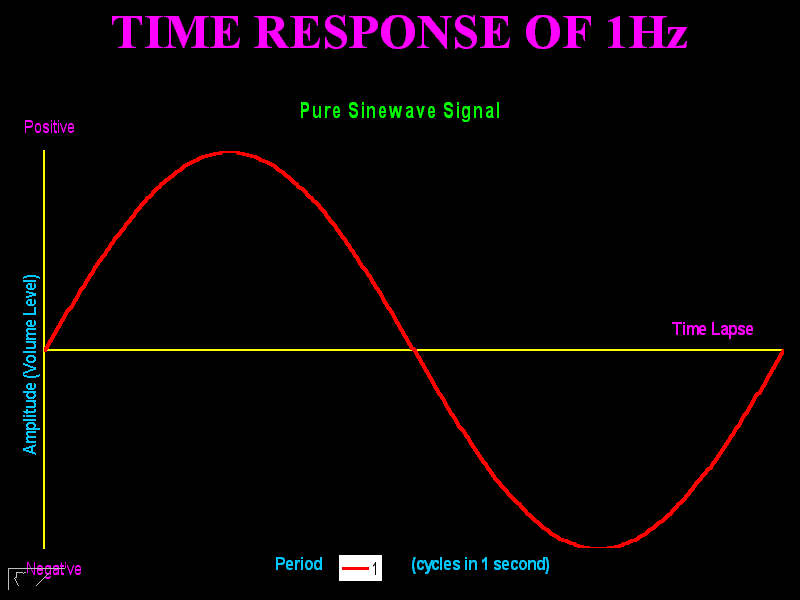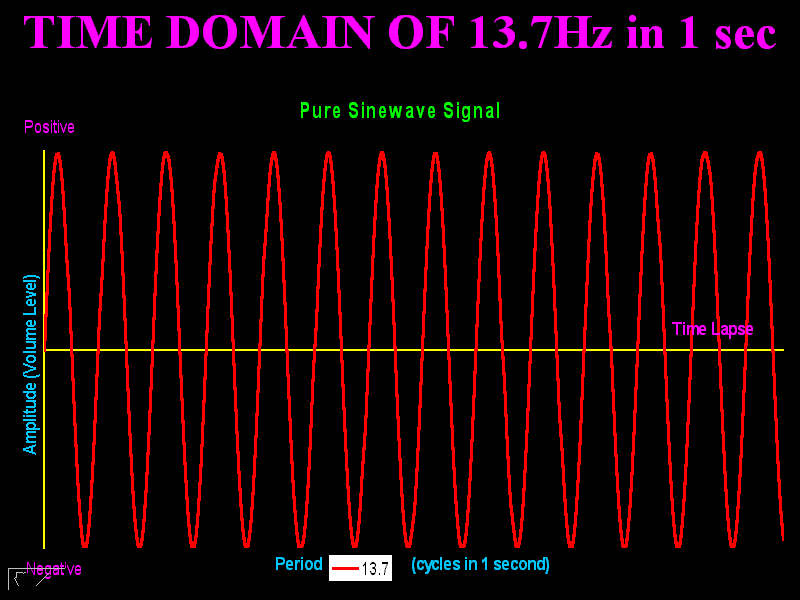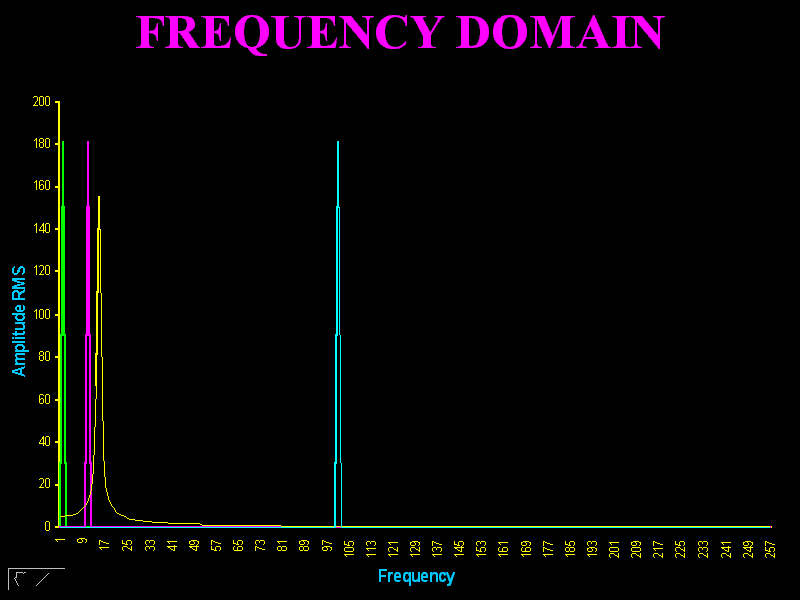
Loudspeaker
Sound Representation on Scientific Terms
All sounds may be represented by different scientific manner, namely "Time Domain" and "Frequency Domain". They are the same thing, just looking at it differently.
I once read a Hong Kong magazine reviewer said "the researcher did allot of research and it is now optimize for both time domain and frequency domain."
Perhaps I would agree with him, but if it wasn't for the acoustics degree I would never have realize the mistake made by the reviewer.
Why the reviewer is wrong? well time domain is strongly related to frequency domain and they are the same. They are mathematically expressed in the most simplest form as
1/t = f or 1/f = t where t = time in second and f = frequency in Hz.
Don't read magazines so much, they are easily mis-leading. :(
Also some people say "The transient of the speaker is not as good as the other one." or "The transient response show that the speaker is not good." Please be aware that "transient" to a certain extend, is "frequency response". You just have to think it differently. Some times they are the same thing, some times they are not. Do you know when is which?
Again, transient = time = 1/t = f



and if you have all the frequencies, at the same level, you'll get something like this: -

ACOUSTICS SECTION AUDIO SECTION CAR SECTION
HOME - Technical Website for Acoustics, Audio and Car